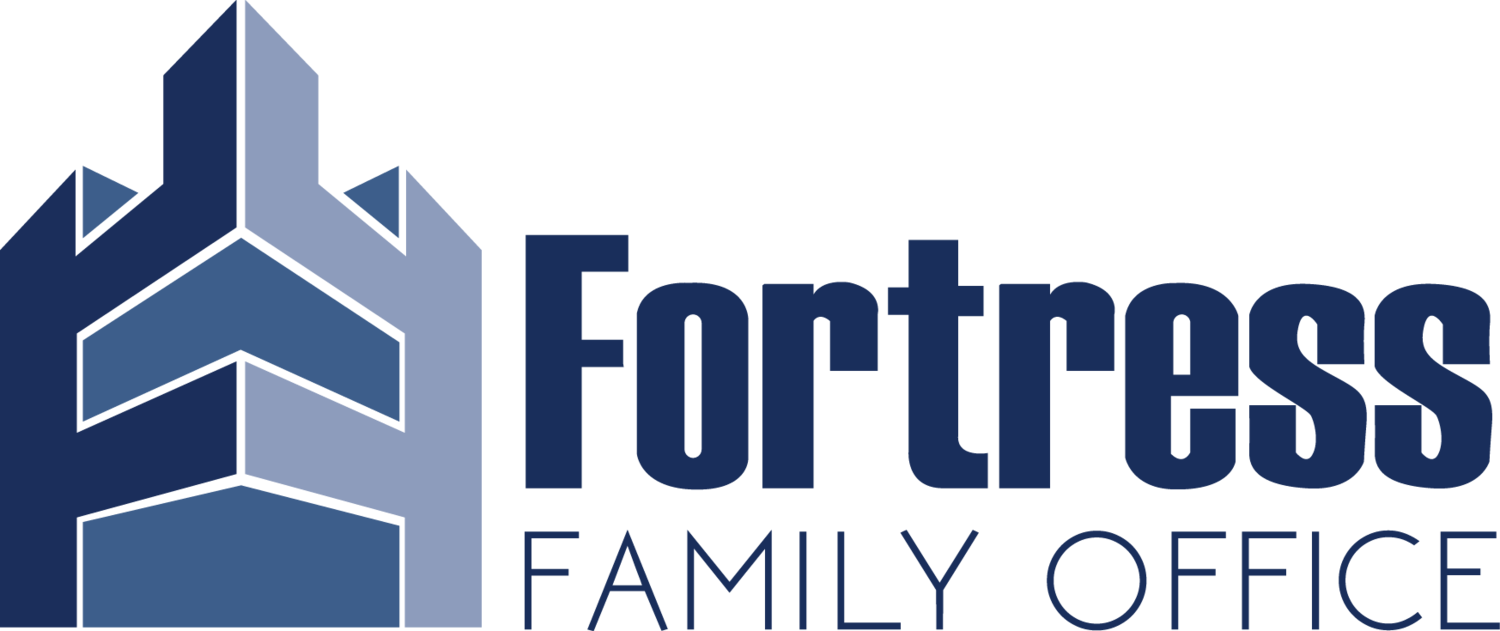To quote the well-known pugilist and lesser-known philosopher Michael G. Tyson “Everyone has a plan until they get punched in the face”.
Right now, we are on the cusp of a once in a generation adjustment as the world moves from low inflation and low interest rates to high inflation and high interest rates. So, are you ready for what comes after you’ve been hit? Because inflation and interest rates are about to punch everyone in the face, consumers, businesses, governments and yes, investors.
Central banks around the world had their chance to deal with inflation proactively and they missed it. Inflation in the US is now at 8.5% and its 7.5% in Europe. There is an inflationary wildfire raging across the world and so far, central banks have turned up to fight it in clown suits with water pistols.
Yet, most are sleep walking into the situation unfolding. They have their heads in the sand, are in denial or simply not thinking objectively enough to assess what is happening. Individuals and institutions with vested interests talk in theory and forecasts on spreadsheets. They make the numbers fit their narrative.
This is a problem. They don’t understand how this really impacts the economy and society.
When I first started in the investment industry as a 21-year-old in 1997, it had been 10 years since the 1987 crash. Over the next several years as markets rose, the more seasoned investors would lament the fact that the younger generation had never seen a crash. They’d argue that it caused them to be overly optimistic in the face of rising risks as they had not experienced a genuine bear market.
The old heads were right. Nothing prior could prepare you for living and breathing in the moment of an actual crash. Not just a fall but a market that completely capitulates into free fall. The GFC provided everyone with that experience, and you become a better investor because of it.
Just as when I was a young adviser, as part of a generation of advisers and investors who had not experienced a crash, there is now a similar dynamic at play. Today, there is an entire generation of advisers and investors and for that matter businesspeople, bankers and executives who have never experienced high inflation and high interest rates.
This is a problem. They don’t know what they don’t know.
I continue to see people wheel out advice, commentary and strategies that may have worked for the last 15 years but are no longer appropriate for the way the world has changed going forward.
I’ve said this before, but I cannot emphasise it enough – high inflation and high interest rates are a game changer for investment portfolios. Most asset classes will need to adjust values lower, bonds, shares, and property. You’ll want to be positioned more defensively during that transition until the one-off adjustment occurs for asset values.
The level of complacency on this topic and impending adjustment astounds me. Most are completely underprepared for what’s coming and seem to prefer passive reassurance that all will be ok than preparing proactively for the inevitable. It is difficult but necessary to be proactive with the preparation of the transition from low interest rates to high interest rates.
This is a generational adjustment.
To a large degree, a big part of the problem is the misconception about what low rates and high rates actually are these days. The fatal flaw of those new to markets in the last 15 years is that they frame those questions within the context of their own universe of relative experience. However, we are breaking out of that cycle.
Ask anyone if interest rates can potentially go to 5% and I will be able to tell you how long they have been investing or advising for based on their answer.
Most with under 15 years of experience will dismiss such a suggestion out of hand as ridiculous. They say this not because it is ridiculous but because they’ve never seen it and the ramifications of that move are so significant that they refuse to consider it.
Conversely, anyone who remembers the 1990’s will say something like ‘It wouldn’t surprise me’. That’s because they remember what historically high interest rates look like at 15% plus and that historically normal interest rates are more likely between 5%-10%.
The last 15 years were the anomaly, not just the last 2 years.
Until everyone understands that the new interest rate cycle will see interest rates move towards more normal levels in the historical sense then they will continue to be underprepared for the problems that continue to evolve before us.
There will always be opportunities for long term growth, but it is critical to ensure you understand when pivotal moments of economic change require a more patient and defensive approach to portfolio management.
General Advice Disclaimer: This information is of a general nature only and may not be relevant to your particular circumstances. The circumstances of each investor are different, and you should seek advice from an investment adviser who can consider if the strategies and products are right for you. Historical performance is often not a reliable indicator of future performance. You should not rely solely on historical performance to make investment decisions.
